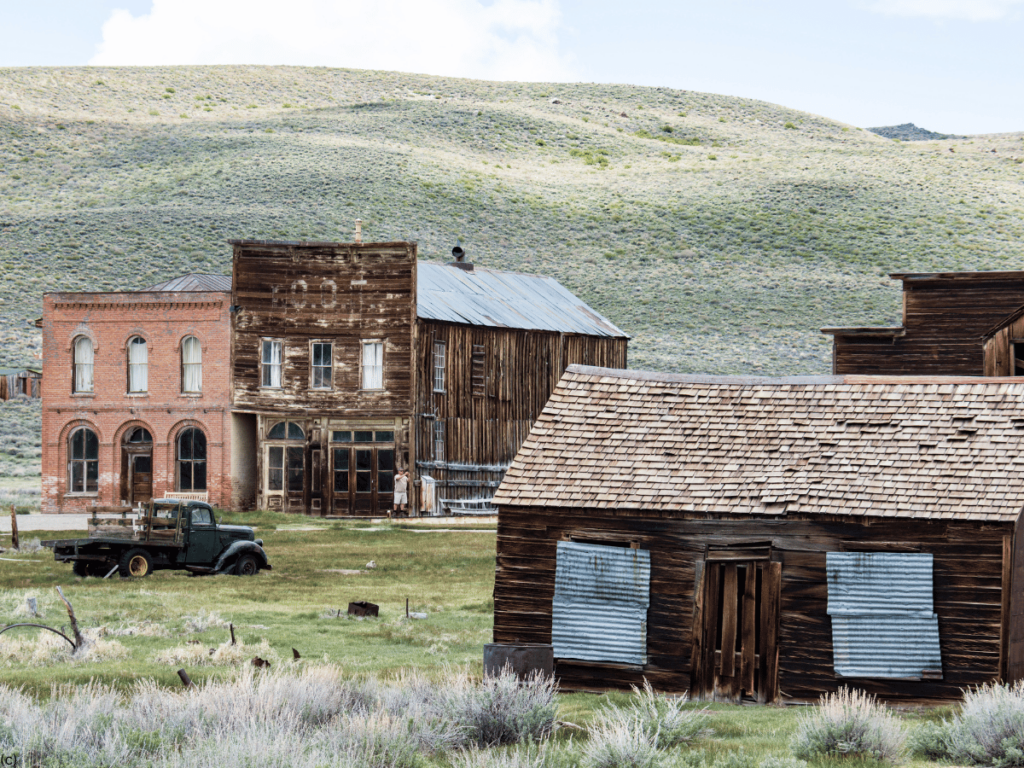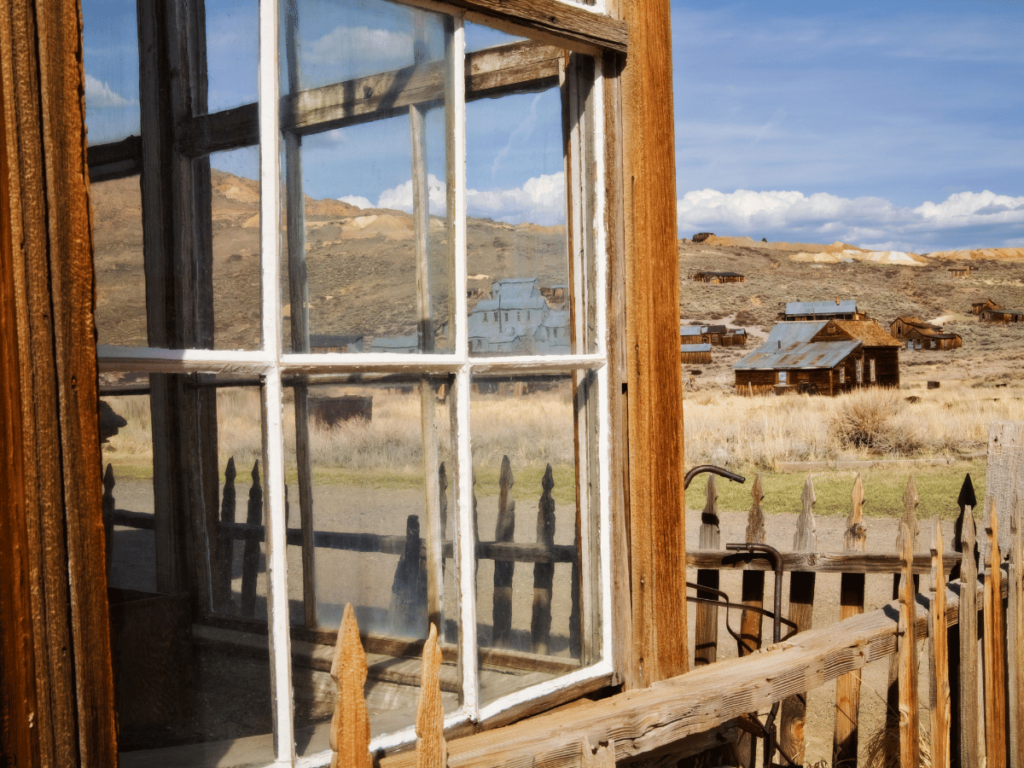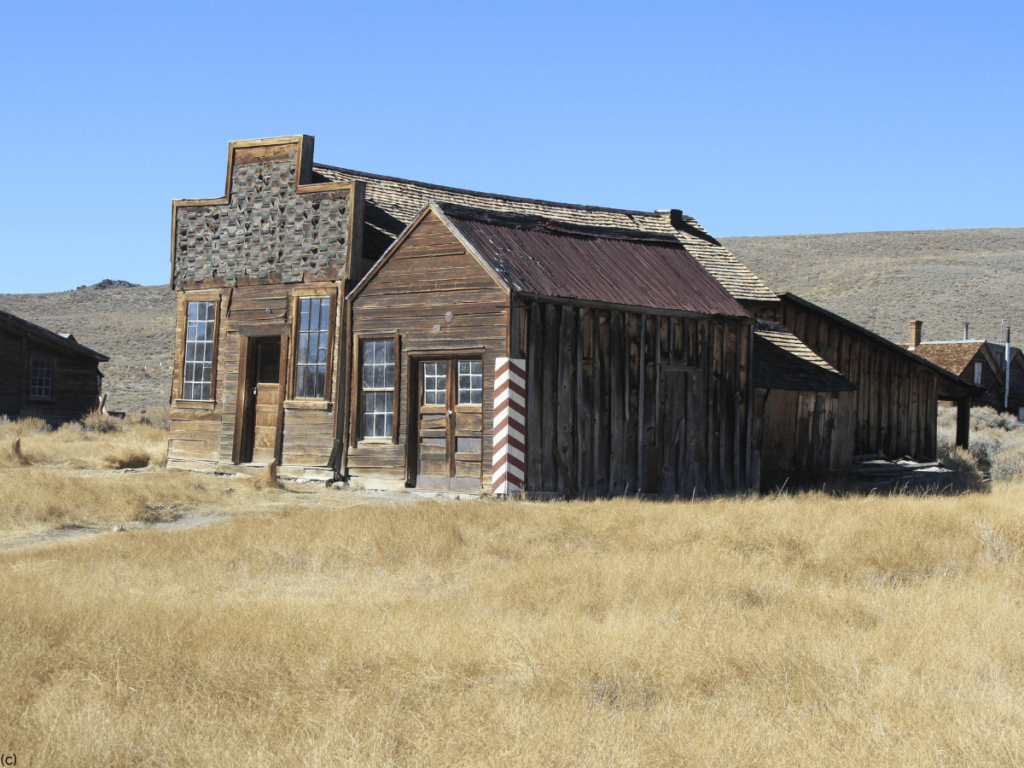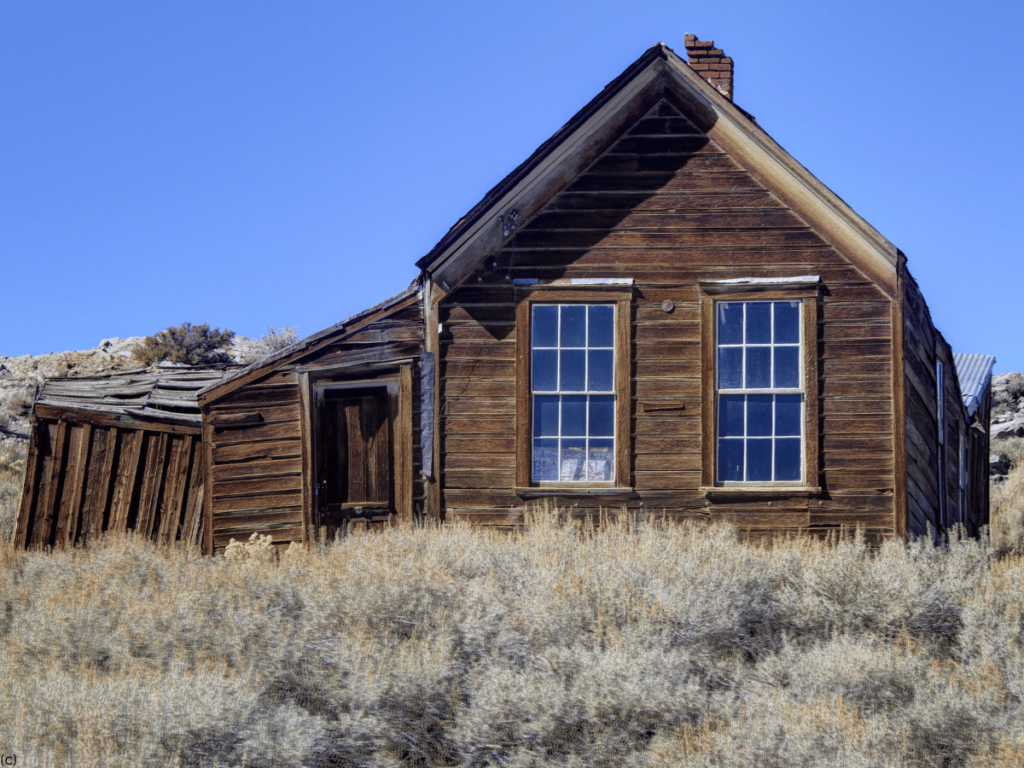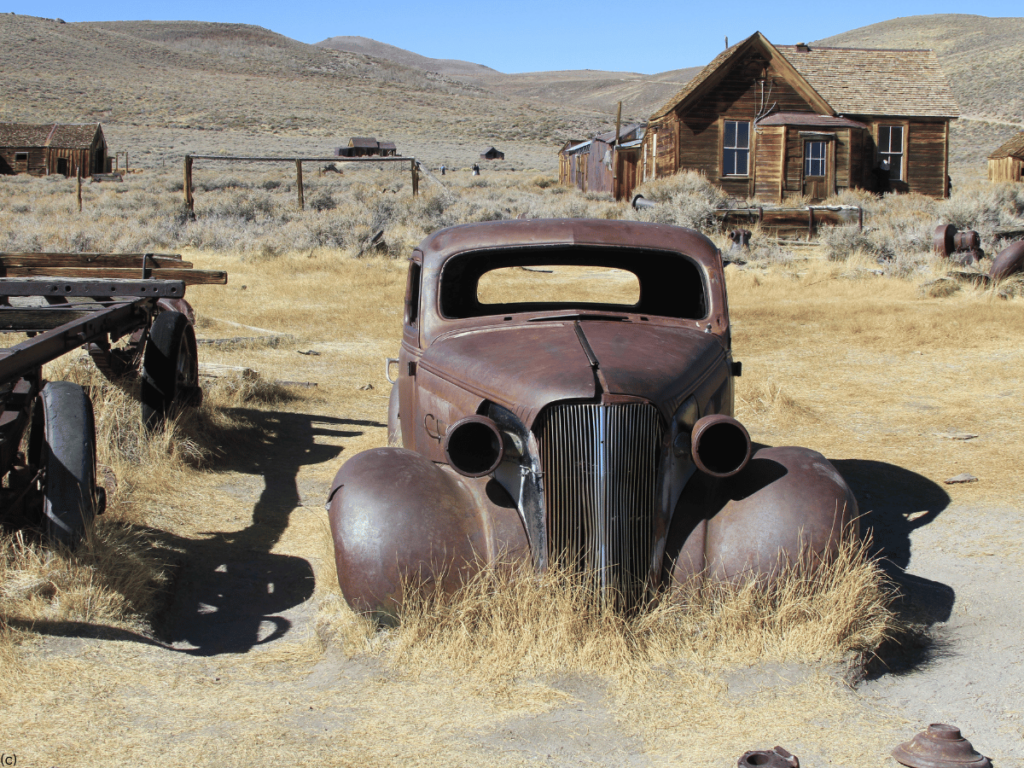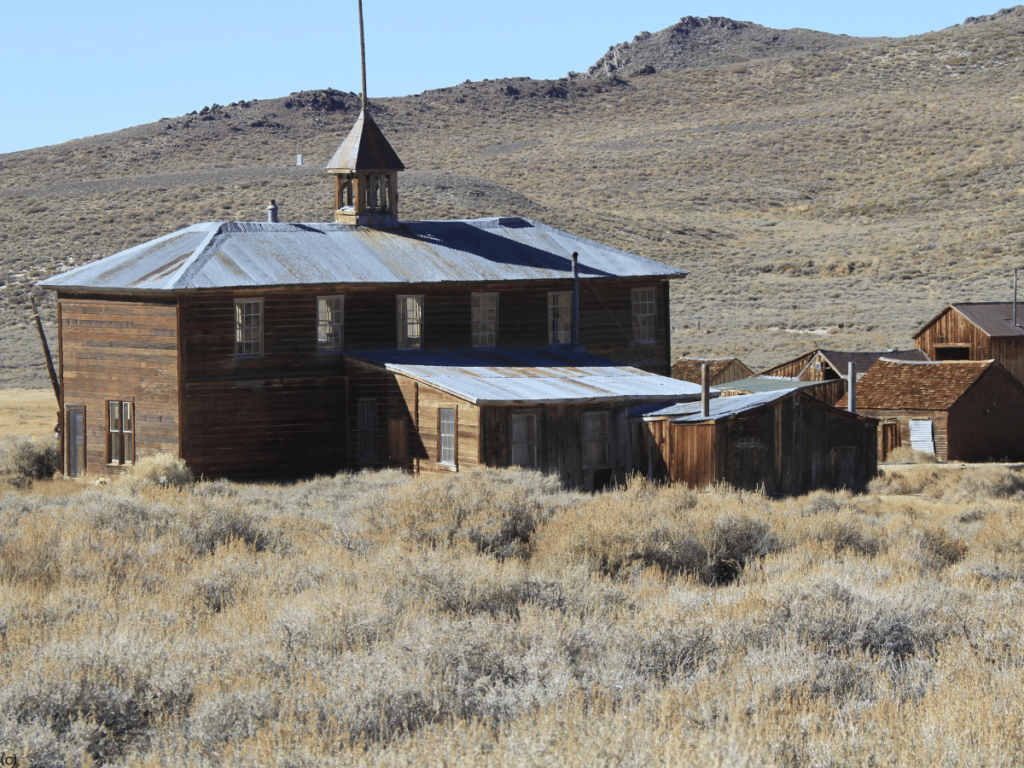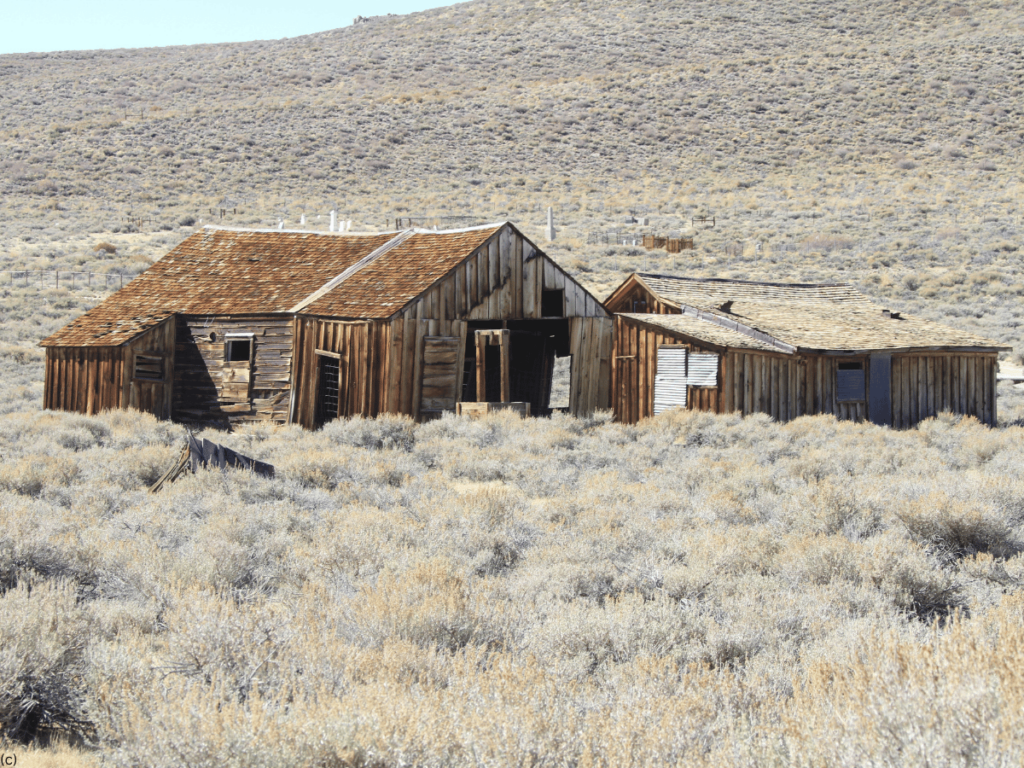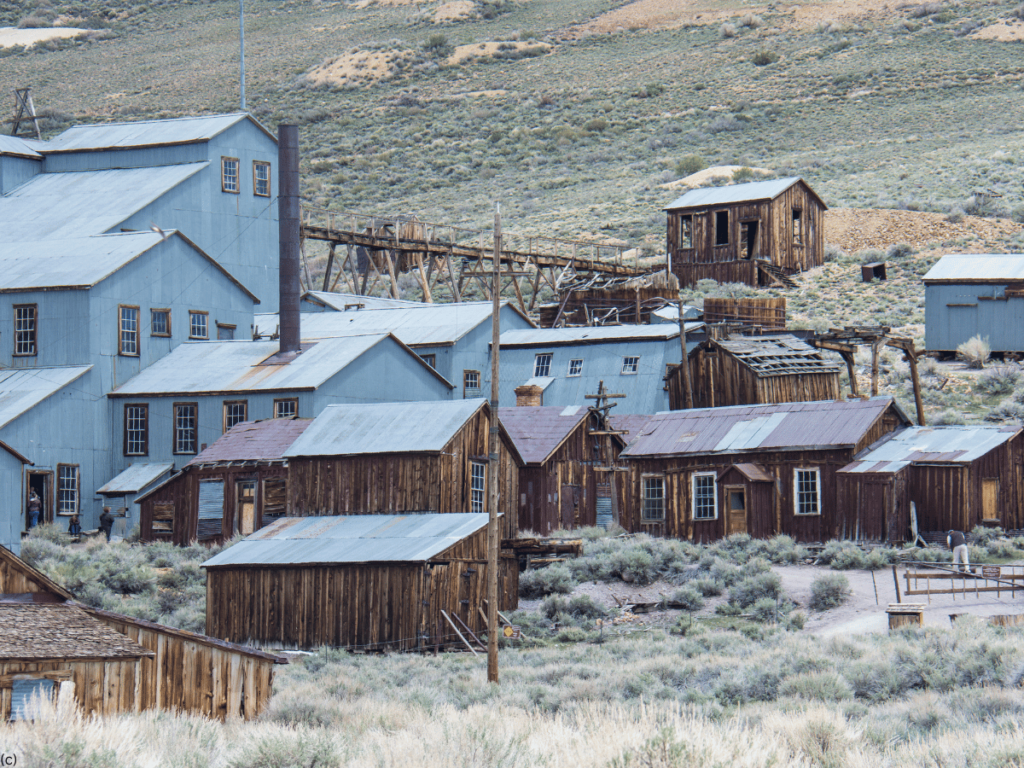
Nestled high in the Eastern Sierra Nevada mountains, Bodie, California, stands as a haunting reminder of the Wild West’s turbulent past. Once a bustling gold-mining town, Bodie is now a State Historic Park, meticulously preserved in a state of “arrested decay.” With its abandoned buildings, dusty streets, and eerie silence, Bodie offers a glimpse into the lives of the people who sought fortune in its rich hills, only to leave behind a town frozen in time. In this article, we’ll explore the history, significance, and enduring allure of Bodie, delving into its rise and fall, its ghostly legends, and why it remains a fascinating destination for history enthusiasts and adventurers alike.
The Birth of Bodie: A Boomtown in the Making
The story of Bodie began in 1859 when prospector W.S. Bodey and his partner discovered gold in the hills north of Mono Lake. Although Bodey himself would never see the town that would bear his name—he perished in a snowstorm that same year—his discovery sparked the beginning of one of California’s most notorious gold rushes.
In the following years, Bodie remained a small mining camp with only a handful of residents. However, everything changed in 1875 when a massive deposit of gold-bearing ore was discovered by the Standard Company. This find triggered a gold rush that transformed Bodie from a sleepy camp into a booming town almost overnight. By 1879, Bodie had swelled to a population of around 10,000 people, making it one of the largest towns in California at the time.
Life in Bodie: A Town of Vice and Violence
Life in Bodie was anything but peaceful. The town quickly gained a reputation as one of the wildest and most lawless places in the West. The streets were lined with saloons, brothels, gambling halls, and opium dens, where miners and fortune seekers spent their earnings in a frenzy of excess. Gunfights, robberies, and murders were commonplace, leading to the coining of the phrase “Badman from Bodie.” It was said that Bodie had “a man for breakfast” every day—a grim reference to the frequency of killings in the town.
Despite its rough reputation, Bodie was also a place of innovation and industry. The Standard Mine became one of the richest in California, producing nearly $15 million worth of gold and silver over its lifetime. The town boasted amenities such as a telegraph office, a railroad, a brass band, several daily newspapers, and even a Chinatown, which was home to about 500 Chinese residents who worked as laborers, cooks, and launders.
However, the harsh climate, with its brutal winters and high-altitude location at over 8,000 feet, made life in Bodie difficult. Supplies were often scarce, and the isolation of the town meant that residents had to be resourceful and resilient.
The Fall of Bodie: From Boom to Bust
Like many mining towns, Bodie’s fortunes were closely tied to the success of its mines. By the early 1880s, the mines began to yield less and less gold, and the population started to decline. Many of Bodie’s residents packed up and left, seeking new opportunities elsewhere.
A series of devastating fires further hastened the town’s decline. The first major fire occurred in 1892, destroying much of the business district. Though the town rebuilt, it never fully recovered. Another fire in 1932, believed to have been started by a young boy playing with matches, destroyed 95% of the town’s buildings, leaving only a fraction of the once-thriving town standing.
By the 1940s, Bodie was largely abandoned, with only a few holdouts remaining. The town’s isolation, combined with the general disinterest in preserving old mining towns at the time, meant that Bodie was left to the elements. However, its remote location also protected it from the vandalism and looting that many other ghost towns suffered. This allowed Bodie to remain remarkably well-preserved, with many of its buildings and artifacts left exactly as they were when the last residents departed.
Bodie Today: A State Historic Park in Arrested Decay
In 1962, Bodie was designated as a State Historic Park and has been preserved in a state of “arrested decay” ever since. This means that while the town is not restored to its original condition, it is carefully maintained to prevent further deterioration. The roofs are repaired, and the foundations are stabilized, but everything else is left as it was, giving visitors an authentic glimpse into what life in Bodie was like over a century ago.
Today, Bodie is one of the best-preserved ghost towns in the United States and attracts around 200,000 visitors each year. The park covers over 500 buildings, including the remains of the Standard Mill, the Methodist Church, the schoolhouse, and numerous homes, shops, and saloons. Visitors can wander the streets, peek into windows, and imagine what life must have been like in this once-bustling town.
The interiors of many buildings remain just as they were left, with tables set for dinner, schoolbooks open on desks, and shelves stocked with goods. This eerie preservation adds to Bodie’s mystique, making it feel as though the town’s residents simply vanished into thin air.
Ghostly Legends: The Haunted Side of Bodie
As with any ghost town, Bodie has its share of ghost stories and legends. The town’s violent past, combined with the sudden departure of its residents, has given rise to tales of hauntings and paranormal activity. Visitors and park rangers alike have reported strange occurrences, from unexplained footsteps and voices to sightings of ghostly figures.
One of the most famous legends is that of the “Bodie Curse.” According to local lore, anyone who takes anything—no matter how small—from Bodie will be cursed with bad luck. Over the years, the park has received countless letters from former visitors who took a rock, nail, or other souvenir from the town, only to experience a string of misfortunes afterward. Many of these letters contain apologies and a request for the item to be returned to Bodie, in the hope of lifting the curse.
Another ghostly tale involves the spirit of a little girl who is said to haunt the Mendocini House. The girl, believed to be the daughter of a Bodie resident, is often seen standing at the window, staring out at the street below. Some visitors have also reported hearing the laughter of children and the sound of a piano playing from the J.S. Cain House, despite the fact that the house has been empty for decades.
Exploring Bodie: What to See and Do
For those planning a visit to Bodie, there’s no shortage of things to see and do. Whether you’re a history buff, a photography enthusiast, or someone looking to experience the eerie atmosphere of a ghost town, Bodie offers a unique and unforgettable experience.
The Bodie State Historic Park Museum
Start your visit at the Bodie State Historic Park Museum, located in what was once the town’s Miners’ Union Hall. The museum offers a wealth of information about Bodie’s history, with exhibits featuring photographs, artifacts, and personal stories from the town’s residents. Here, you can also purchase a guidebook and map to help you navigate the town.
The museum also houses a collection of items left behind by Bodie’s residents, including clothing, household items, tools, and mining equipment. These artifacts provide a fascinating insight into daily life in Bodie during its heyday.
The Standard Mill
One of the most iconic structures in Bodie is the Standard Mill, which was the source of much of the town’s wealth. The mill, built in 1899 after the original burned down, is a massive complex that was used to process ore from the surrounding mines. Today, it stands as a symbol of Bodie’s industrial past.
Guided tours of the mill are available during the summer months and provide a detailed look at the gold milling process. Visitors can see the massive stamps used to crush the ore, the mercury amalgamation tables, and other machinery that was essential to extracting gold from the rock.
The Bodie Cemetery
A visit to the Bodie Cemetery is a sobering reminder of the harsh realities of life in a mining town. The cemetery, located on a hill overlooking the town, contains the graves of many of Bodie’s former residents, including victims of gunfights, mining accidents, and epidemics. One of the most poignant graves belongs to a child, Evelyn Myers, who died at the age of three. Her grave is marked by a white picket fence and is often adorned with toys and flowers left by visitors.
The cemetery also contains the grave of Rosa May, a well-known prostitute who, according to legend, was shunned by the town’s respectable citizens in life but revered after her death for her kindness and charity. Her grave is unmarked, but her story remains a poignant part of Bodie’s history.
The Methodist Church
The Bodie Methodist Church, built in 1882, is one of the few buildings in town that is still relatively intact. The church was once the spiritual center of the community, offering a place of solace in an otherwise rough and tumble town. Today, it stands as a lonely reminder of Bodie’s past, its weathered exterior and dusty pews echoing with the voices of the past. The church is a popular spot for photography, with its striking Gothic Revival architecture and backdrop of the Sierra Nevada mountains.
The Bodie Jail
No Wild West town would be complete without a jail, and Bodie is no exception. The Bodie Jail, a small, sturdy structure made of iron and brick, once housed some of the town’s most notorious criminals. Despite its solid construction, the jail had a reputation for being ineffective at holding prisoners, many of whom managed to escape. Today, the jail is one of the most photographed buildings in Bodie, offering a glimpse into the town’s rough-and-tumble past.
Ghost Town Walks and Special Events
For those interested in learning more about Bodie’s history and legends, the park offers guided Ghost Town Walks during the summer and fall. These tours, led by knowledgeable park rangers, take visitors on a journey through the town’s streets, sharing stories of its past residents, its rise and fall, and the ghostly legends that have grown up around it.
Bodie also hosts several special events throughout the year, including the annual Friends of Bodie Day in August, which features living history demonstrations, music, and special tours. During the winter months, the town is often blanketed in snow, offering a different, more desolate view of the ghost town.
Preservation and the Future of Bodie
Preserving Bodie is an ongoing challenge, as the harsh climate and natural decay continue to take their toll on the town’s buildings. The Bodie Foundation, a non-profit organization, works in partnership with California State Parks to preserve and protect Bodie’s historic structures. The foundation raises funds for restoration projects, offers educational programs, and provides volunteer opportunities for those who want to help keep Bodie’s history alive.
One of the biggest threats to Bodie’s preservation is the risk of wildfire. In recent years, the threat of wildfires in California has increased, putting Bodie at risk of being lost forever. In response, the Bodie Foundation and California State Parks have taken steps to reduce fire risk, including clearing brush and implementing fire prevention measures.
Despite these challenges, Bodie remains a powerful symbol of California’s gold rush history and the indomitable spirit of the people who once called it home. As long as efforts to preserve and protect Bodie continue, future generations will be able to visit this remarkable ghost town and connect with a unique chapter of American history.
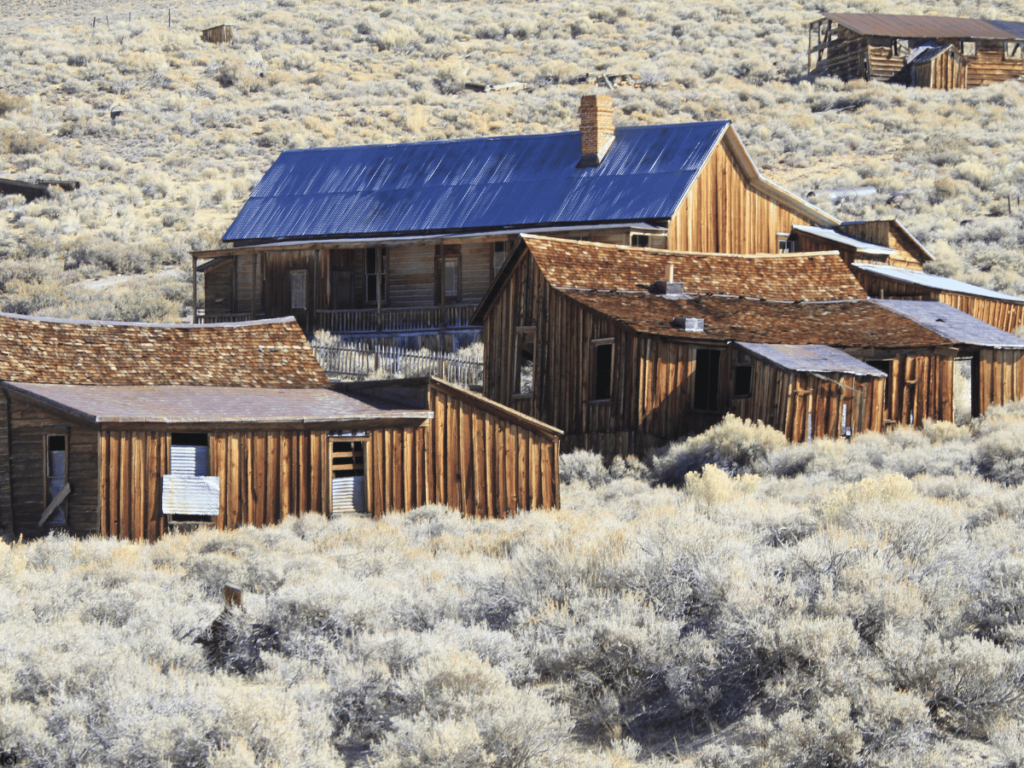
Bodie, California, is more than just a ghost town; it’s a tangible link to the past, offering a window into the lives of those who sought fortune and found hardship in the unforgiving Sierra Nevada mountains. Its well-preserved buildings and artifacts, combined with its haunting atmosphere and rich history, make Bodie a must-visit destination for anyone interested in the Wild West, California history, or the stories of those who helped shape the American frontier. Whether you’re drawn by the town’s ghostly legends or its historical significance, a visit to Bodie is a journey back in time—a chance to walk in the footsteps of the pioneers and prospectors who helped build the American West.
